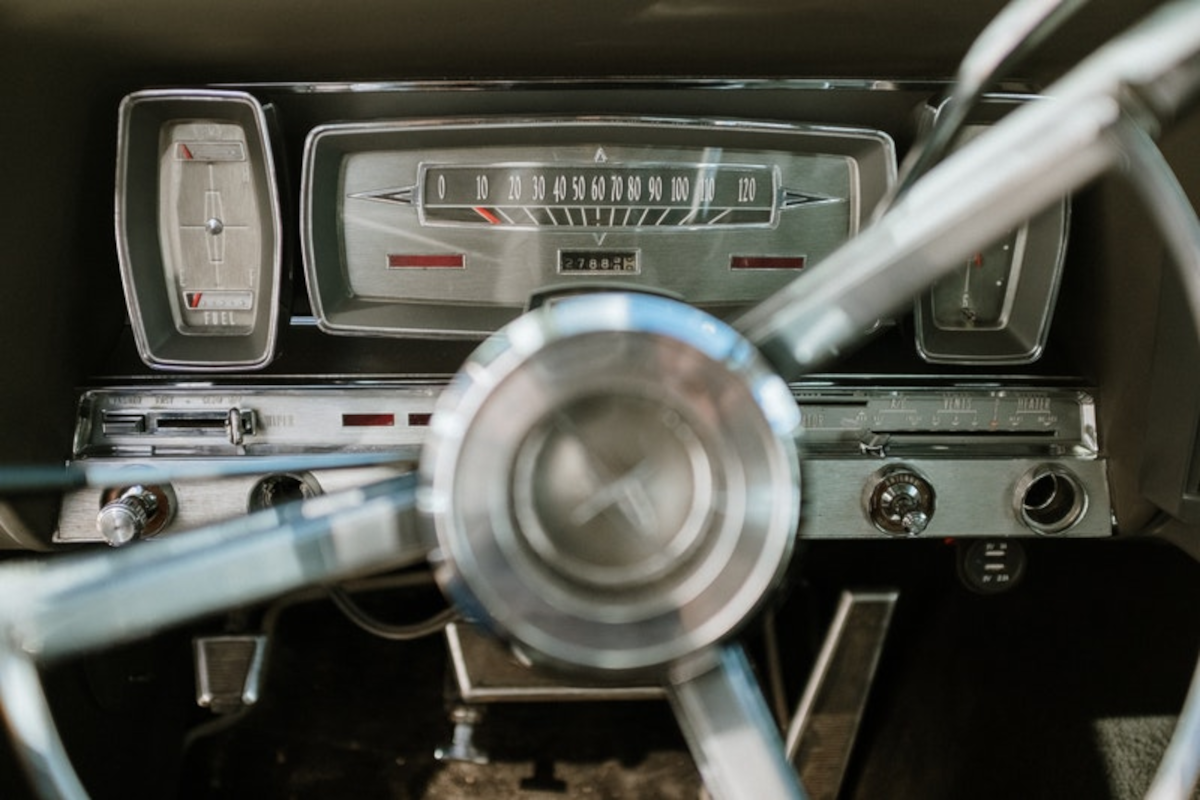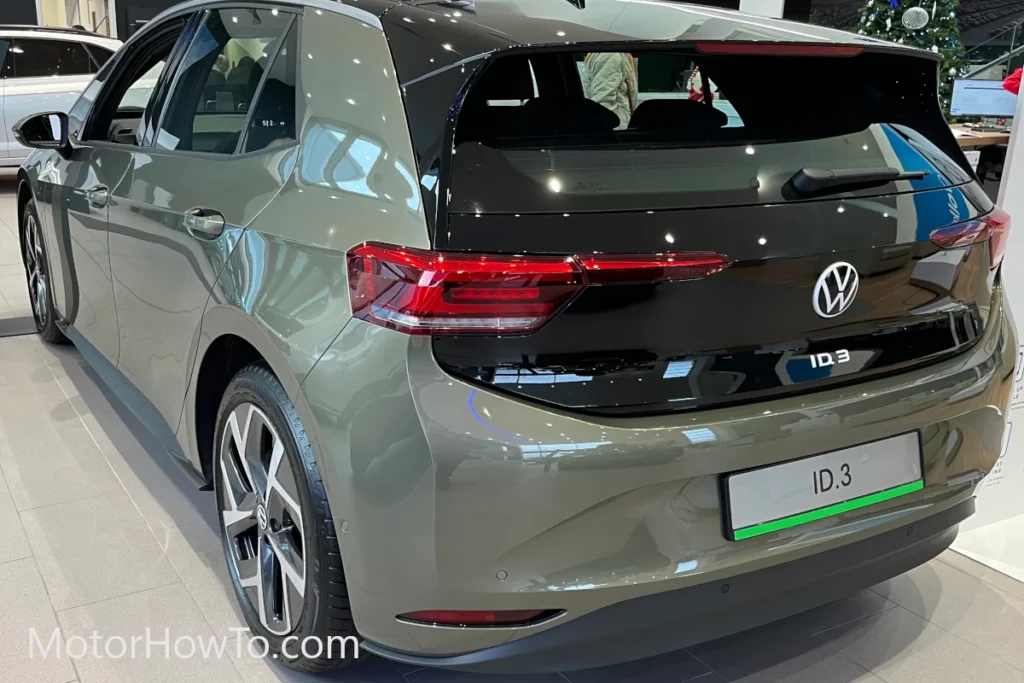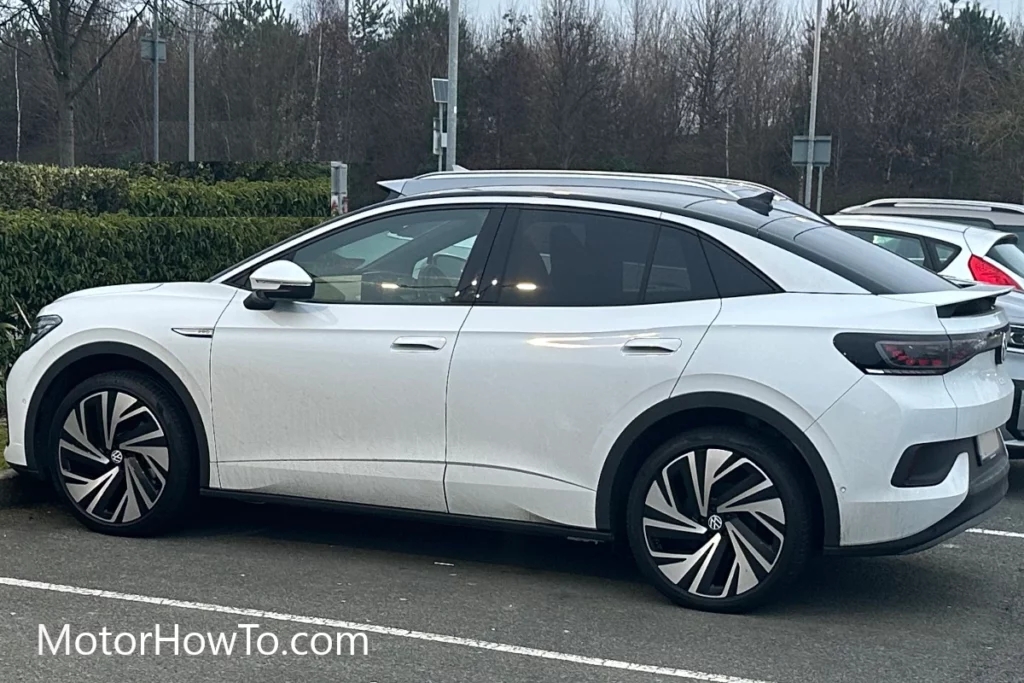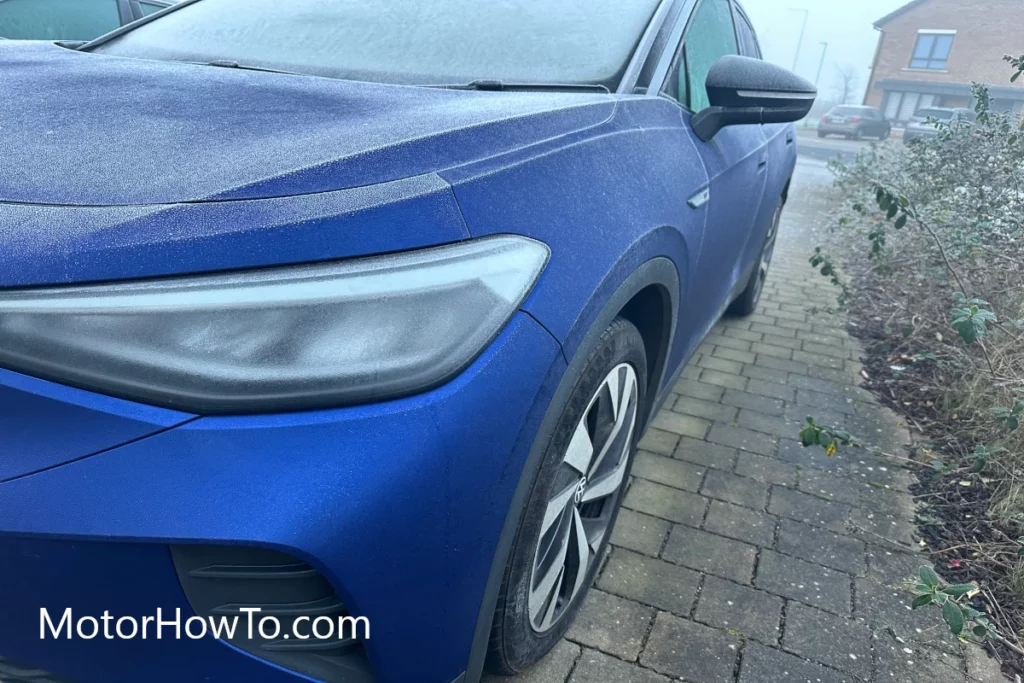In most cases today, speedometers come with a circular design that resembles a clock as the dial in the gauge moves in accordance with the speed you are going.
There are also digital speedometers that show you your speed in digits. However, there was a point in time when some speedometers were actually horizontal and resembled a yardstick, so to speak.
So, in that case, why do some older cars have a horizontal speedometer?
The reason why older cars have a horizontal speedometer was mainly to keep up with what was in style at that time and because of how automatic transmission progressed to a point where manufacturers thought that using the older circular dial that showed the RPM was already pointless.

There really was a point in time when car manufacturers actually favored horizontal speedometers in an effort to make them more stylish at a time when the automatic transmission was becoming a thing.
Then again, as you may have noticed, we still went back to the old reliable circular speedometer, which you will understand is still the standard in today’s modern automotive world.
Related:
- My Odometer Is Going Too Fast (Fixed!)
- Is Odometer Measured In Miles Or Kilometers? (Solved!)
- Difference Between Speedometer & Odometer (And Trip Meter)
Was the first speedometer horizontal?
The speedometer is one of the most useful gauges that you look at on your dashboard or instrument cluster precisely because of how it keeps track of how fast your vehicle is moving.
But, even though the speedometer might seem like it’s an advanced mechanism, the thing you need to know is that it has been around for a very long time.
Speedometers have been standard instruments on any motorized vehicle since the 1910s.
And, believe it or not, the speedometers back then resembled most of the speedometers you see today as far as their design is concerned.
That means that the older speedometers still used the same circular design that is still very much the standard in most of today’s vehicles.
With that said, some of the oldest cars that featured the first speedometers actually had circular gauges as their speedometers.
As such, these older cars did not have horizontal speedometers, which are the ones that you see in some of the cars that were made during the 50s and 70s.
Instead, cars that were designed and manufactured during the earlier days of the automobile actually featured circular speedometers.
Why do some old cars have a horizontal speedometer?
Now that we have established that the first speedometers did not make use of a horizontal or linear design, there was still a time when the horizontal speedometer became a standard in a lot of vehicles.
This happened sometime during the 50s to 70s as plenty of cars that were developed during that time were actually sporting horizontal speedometers instead of the circular ones that are widely used today.
To that end, why were those cars using horizontal speedometers instead of the circular gauges that were widely used before the 50s and even until today?
Well, for starters, it was all about style when it came to the horizontal speedometers.
One of the reasons why horizontal speedometers were used during the 50s was that the manufacturers thought that changing it would make it more stylish and “fit” with what technology could do for them at that time.
This was a time when the speedometers no longer used the old magnetic technology that the first speedometers used, and such a technology confined the speedometers to circular designs.
However, because the speedometers from the 50s onwards no longer relied on the old magnetic technology, the manufacturers could change the design of the speedometer to what they thought was more stylish.
The next reason can be related to how automatic transmission cars were getting more popular back then.
Due to the very fact that automatic transmission cars did not care about RPMs, which you could also find in older cars called Tachometers, there was no point in using a circular speedometer anymore.
As such, horizontal speedometers, which only cared about the vehicle’s speed, were used by plenty of car manufacturers from the 50s to 70s.
However, the horizontal speedometers did not catch on as it was discovered that circular speedometers were far more superior and easier to use.
This is why the horizontal speedometer was merely a phase that never really caught on.
First off, circular speedometers saved more dashboard space while offering the same functionality as the horizontal speedometer. As such, the Instrument cluster or dashboard looks cleaner and can make use of more instruments with a circular speedometer.
Second, circular speedometers could show finer increments of the speed with less space as compared to horizontal or linear speedometers that needed more space to display finer increments of speed.
Finally, it is easier to look at circular speedometers than horizontal speedometers. That’s because you only need to look at a more confined space on your dashboard to see how fast you are going. In comparison, linear speedometers would require your eyes to look at a wider space just to see your vehicle’s speed.
So, all that said, the horizontal speedometer was more of a way to try to “revolutionize” the design of the car and to try to move it away from the older designs during the earlier days of the automobile and the speedometer look.
How does an old speedometer work?
As mentioned, the first speedometers made use of circular designs not because of how they liked the design but mainly because of how the technology they used restricted them to use such a design.
Older speedometers actually made use of the basic principles of magnetism.
The speedometer used a cable that spun a magnet that had a balanced copper or aluminum cup, which was attached to the pointer that you see in the speedometer.
So, what happens here is that, as the magnet rotated near the cup, eddy currents are produced by the changing magnetic field in that cup. This will then result in another magnetic field.
To that effect, the magnet will exert a torque on the cup and will drag it along with the speedometer pointer to the direction of where it is rotating.
As such, the way the pointer on the speedometer moved was powered by magnetic technology, and that very same technology restricted the speedometer to a circular design that allowed the pointer to move around based on where the magnetic field was forcing it to rotate. This technology was patented in 1902.
What car had the first speedometer?
Even though the first speedometer was patented in 1902, several other vehicles were already using speedometers before the technology was even patented.
To that end, the first vehicle that had a speedometer was the Oldsmobile Curved Dash Runabout, which was unveiled to the public in 1901, just a year before the speedometer technology was patented.
However, the Oldsmobile Curved Dash Runabout did not use the same technology that became the standard in the speedometers of that era.
Instead, this car used the cut-meter that was often used by industrial cutting tools to measure how fast they were going.



